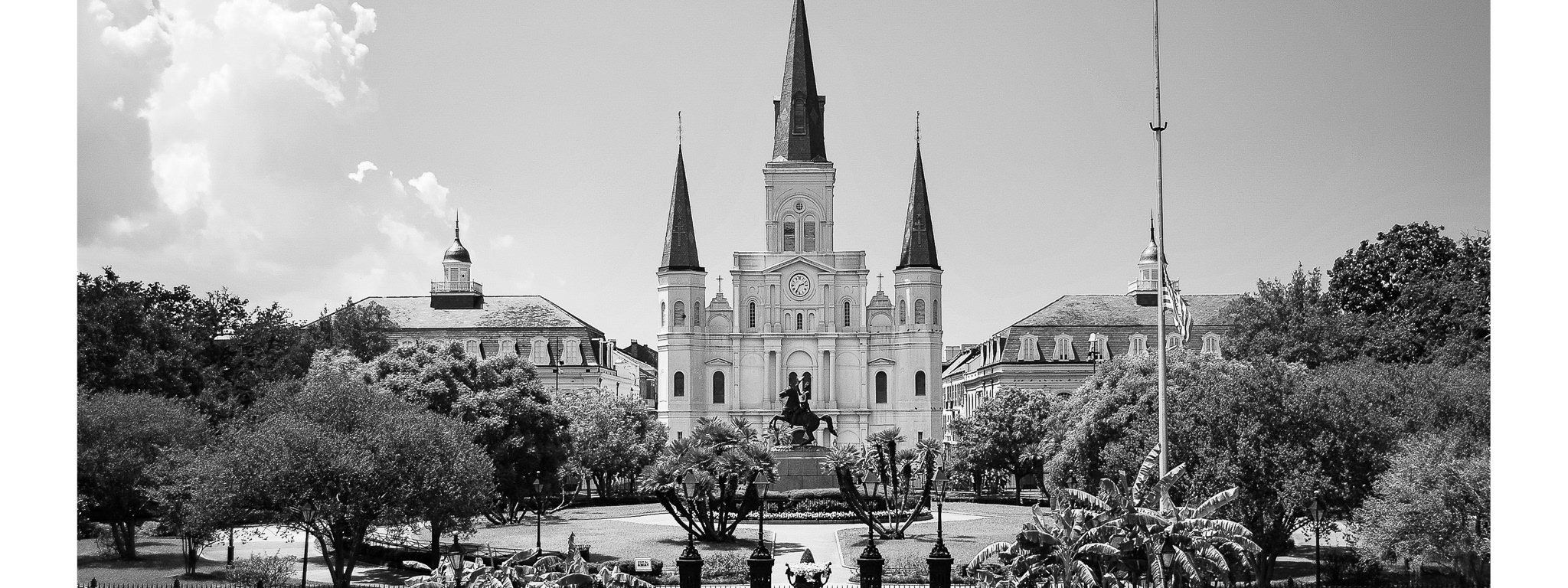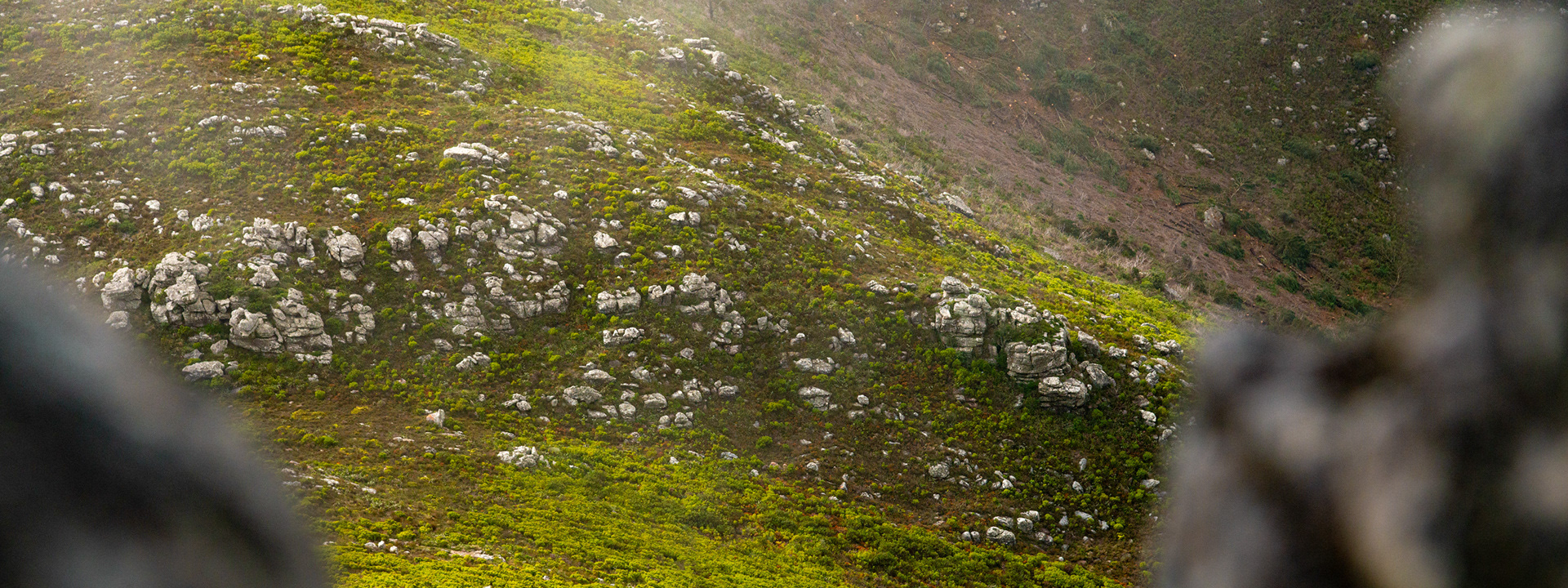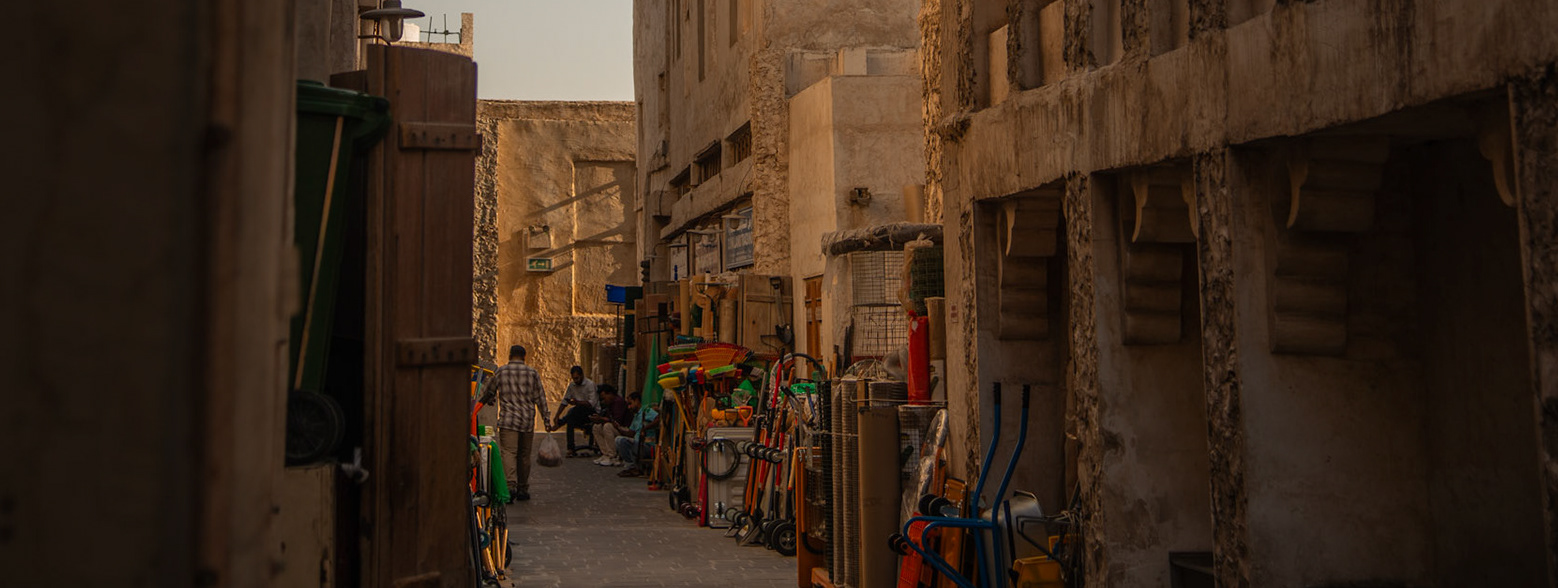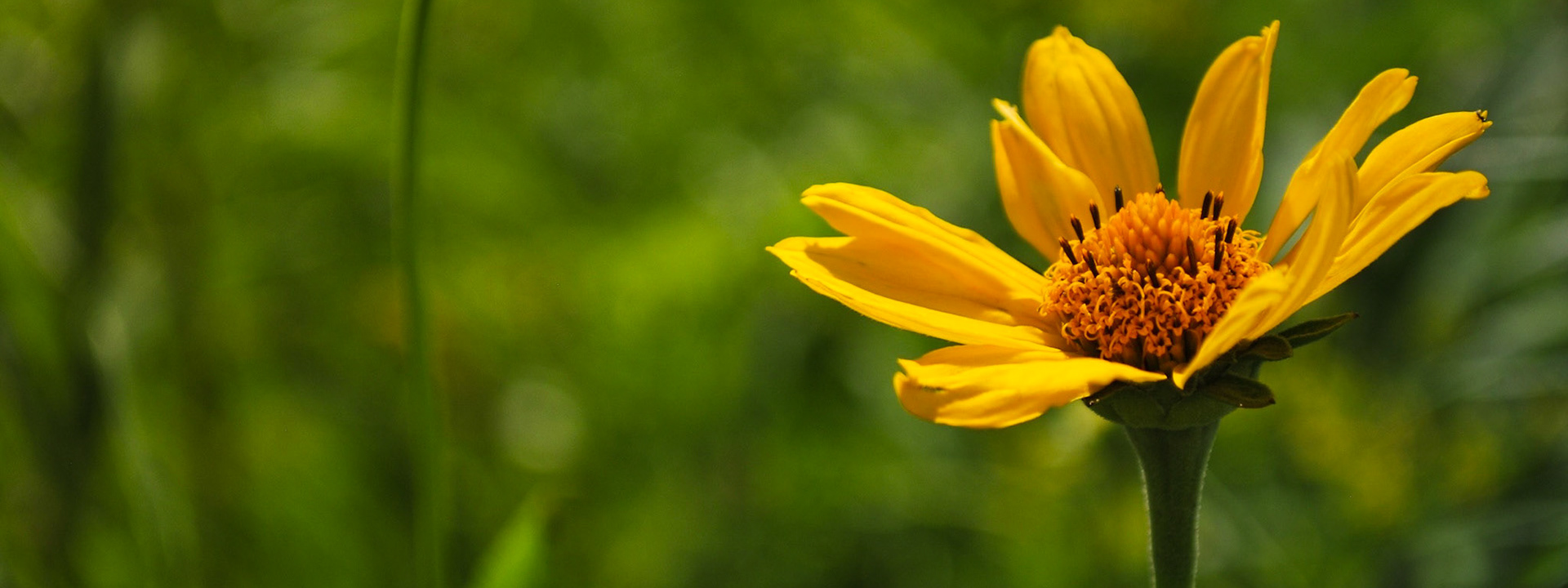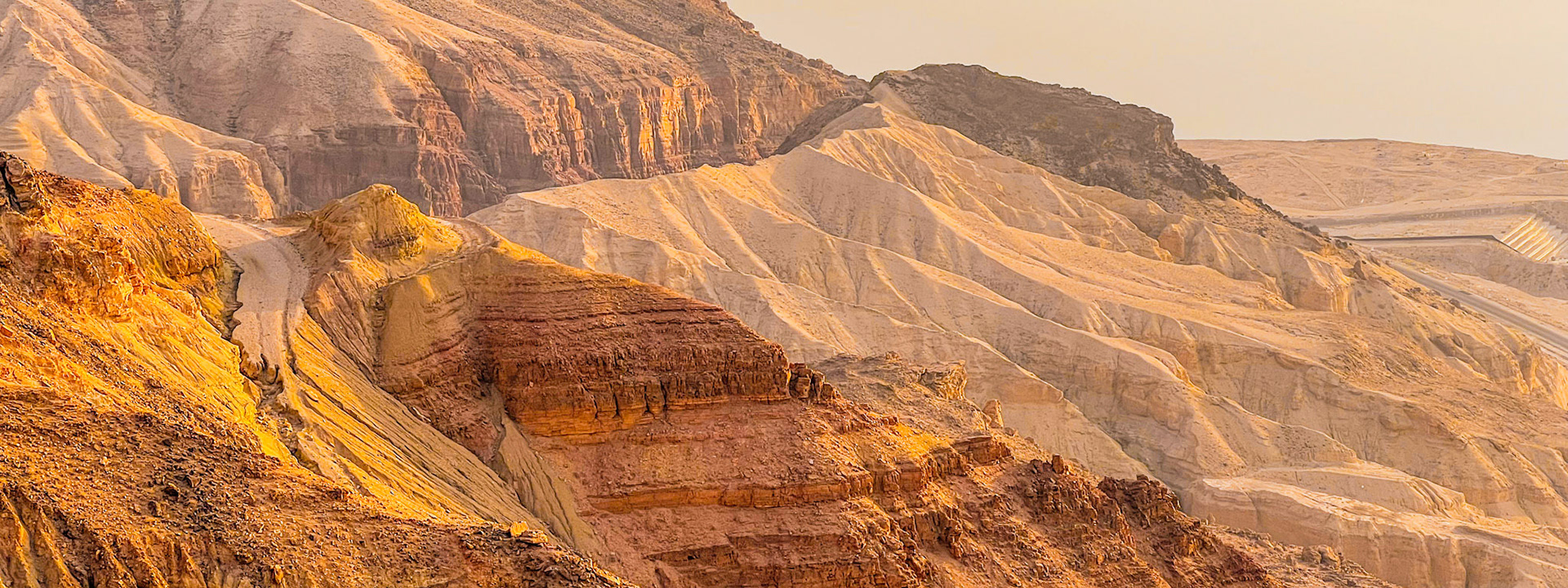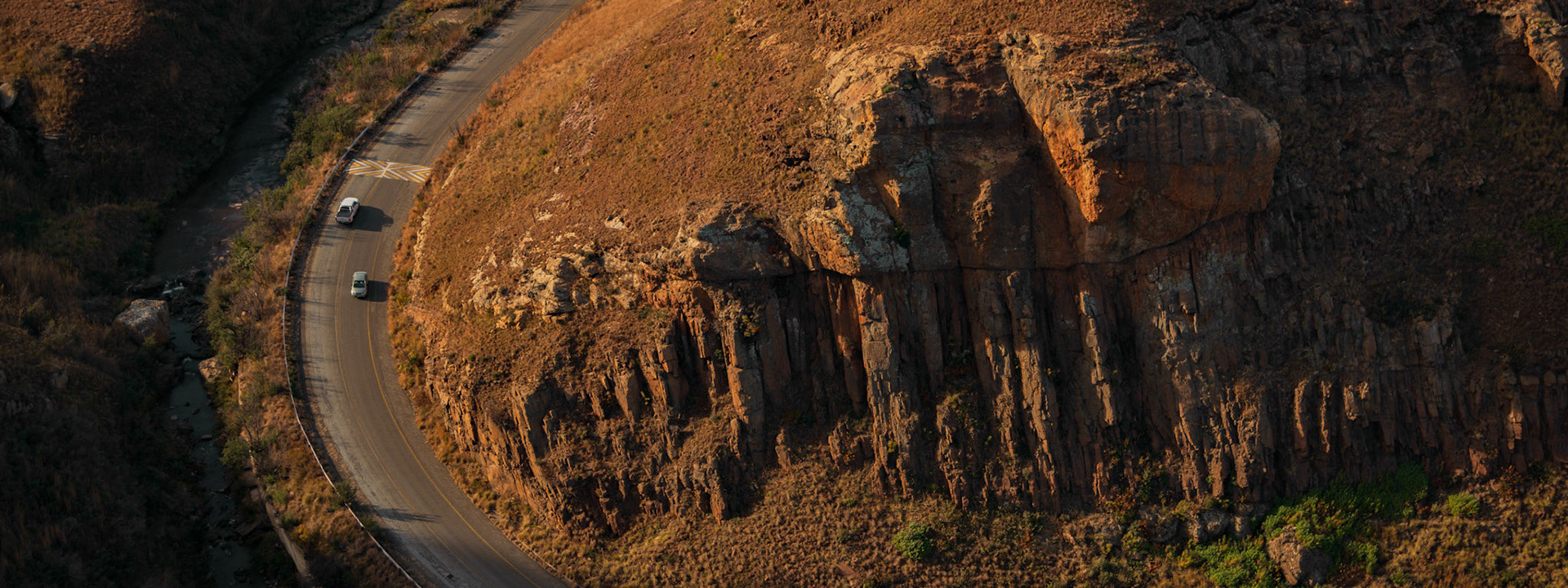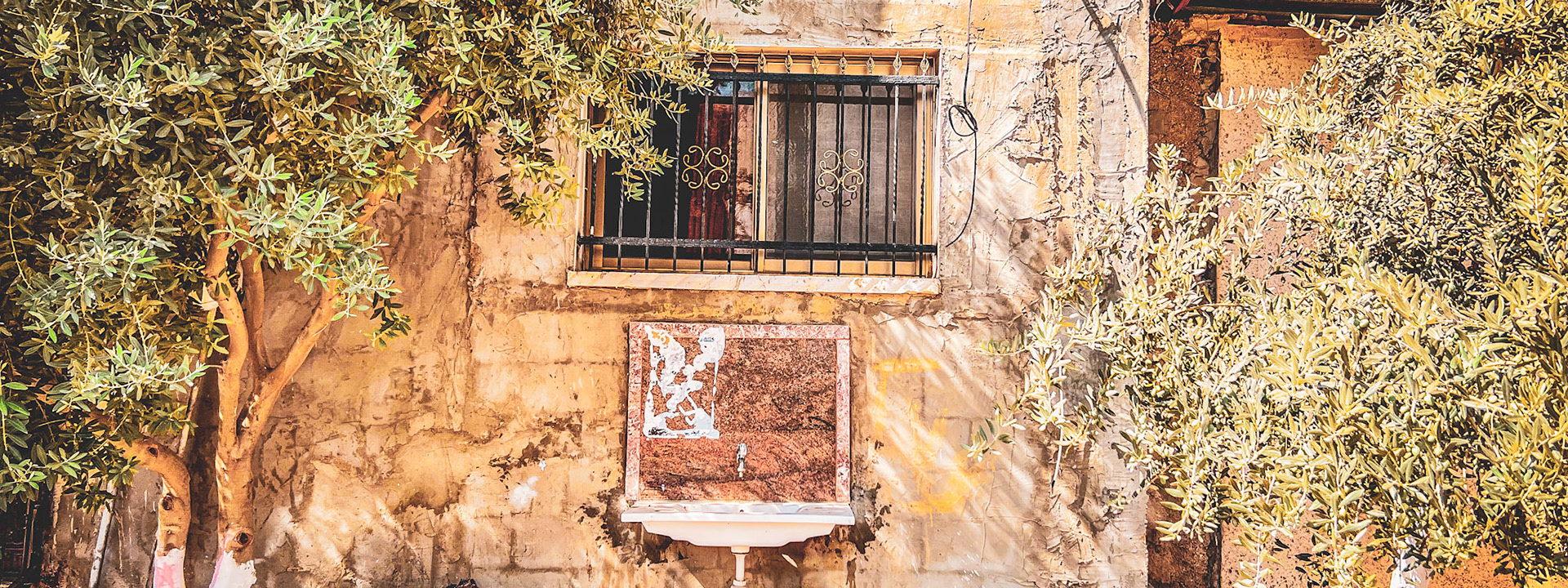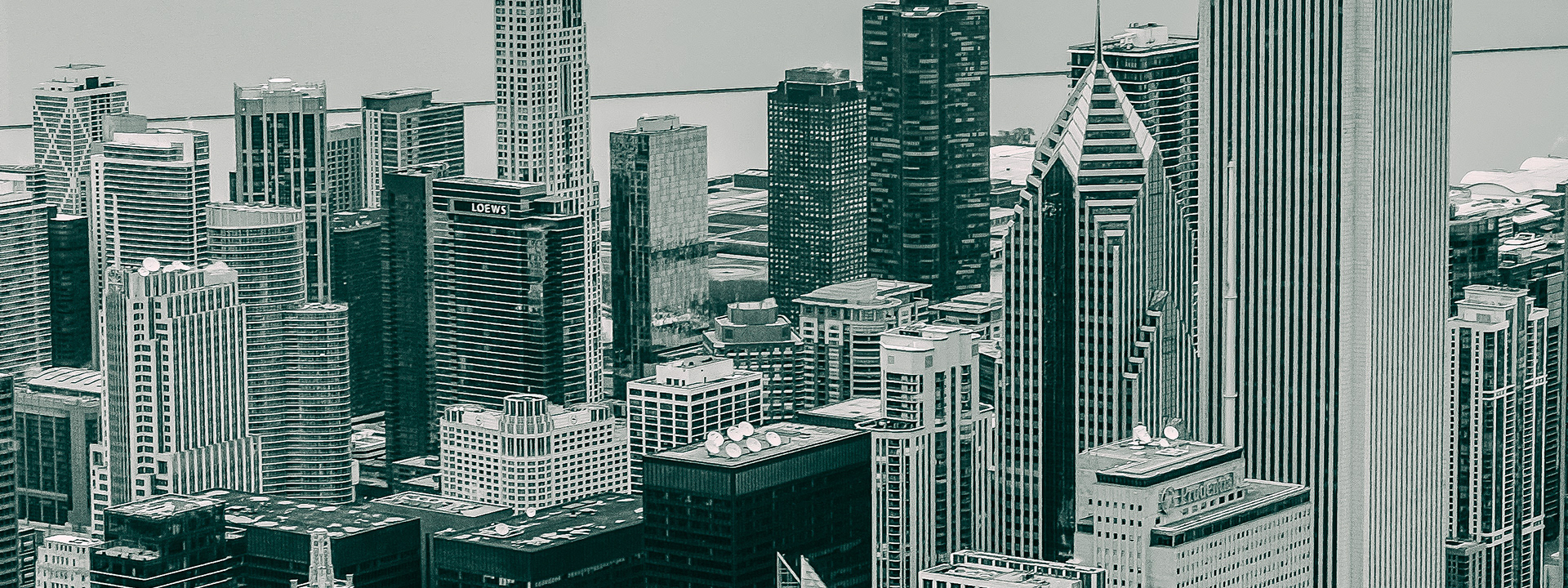The Glacier Lakes of Montana I
Sunset at Joshua Tree National Park I
Crater Lake in Monochrome
Sunset at Joshua Tree National Park II
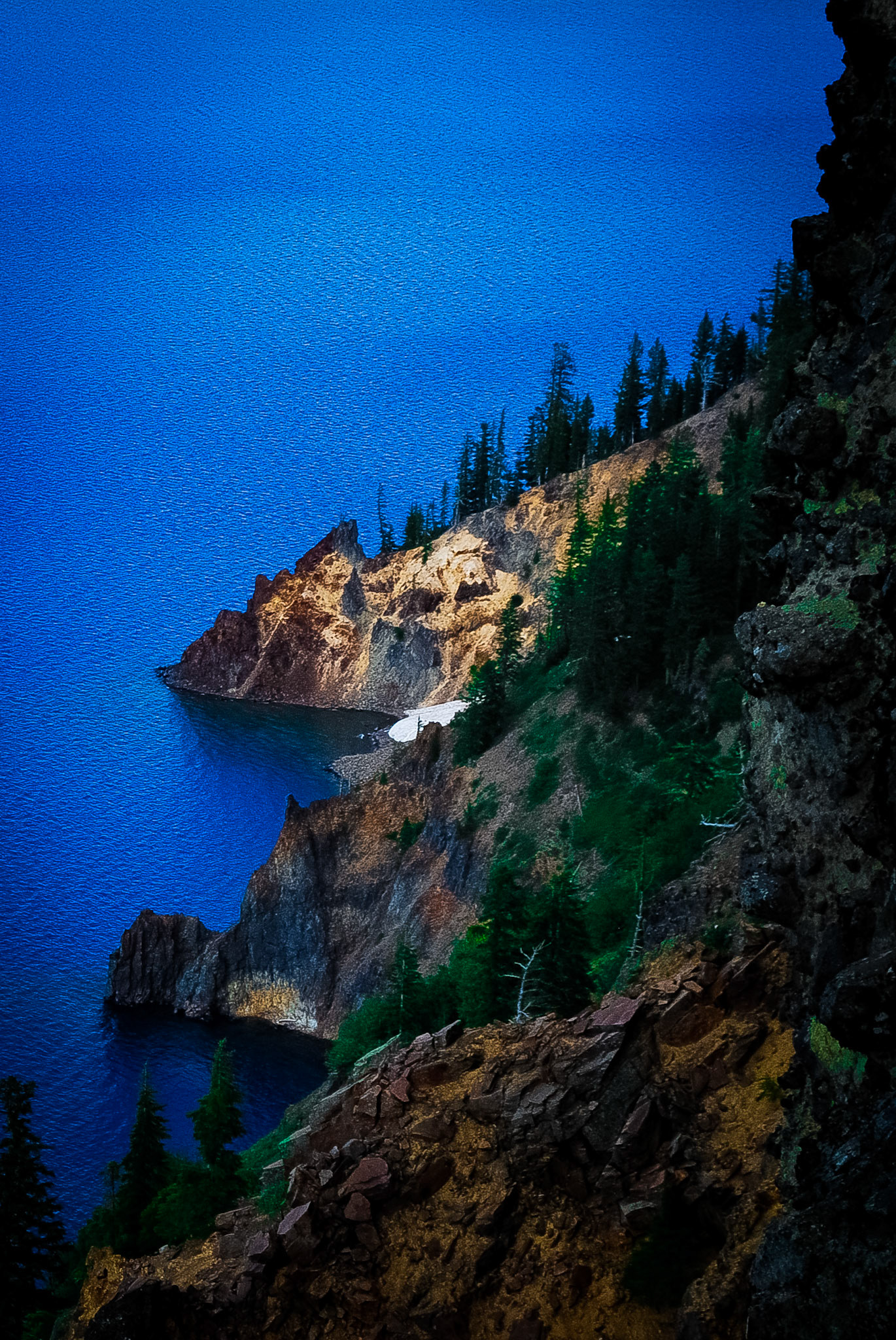
Crater Lake, Oregon
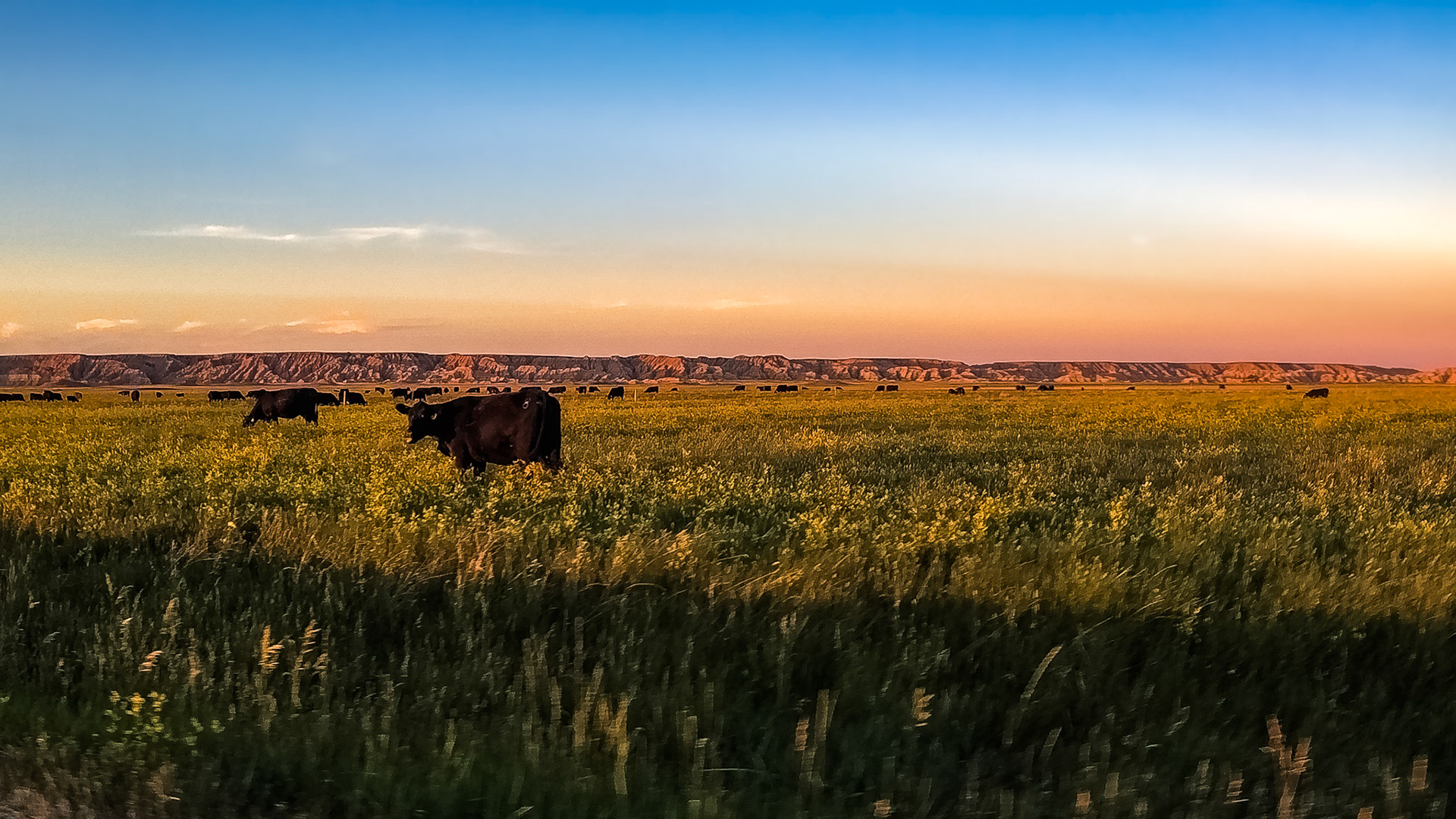
Cattle grazing near the Badlands, South Dakota
Farm in Upstate New York
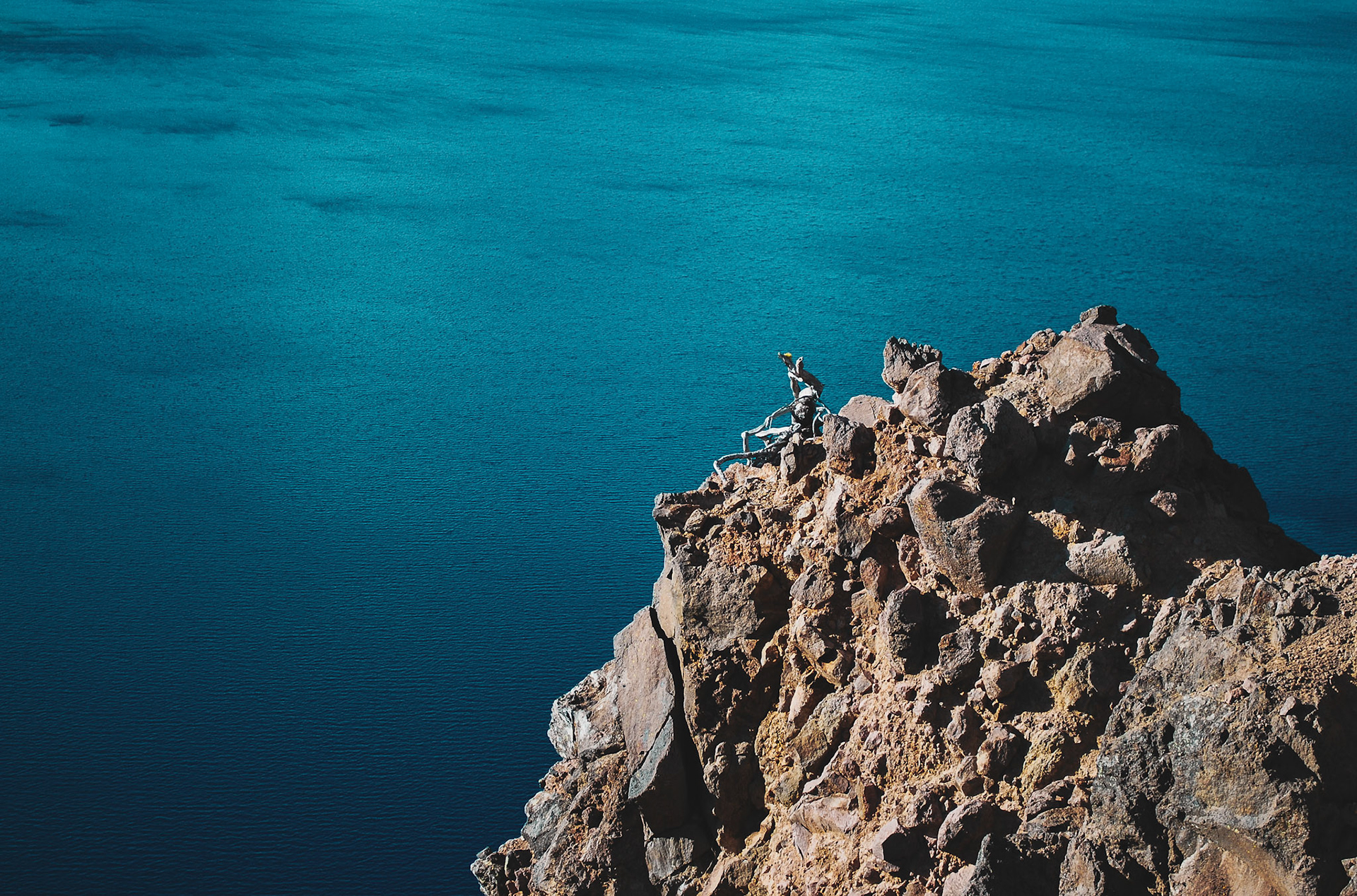
Crater Lake II
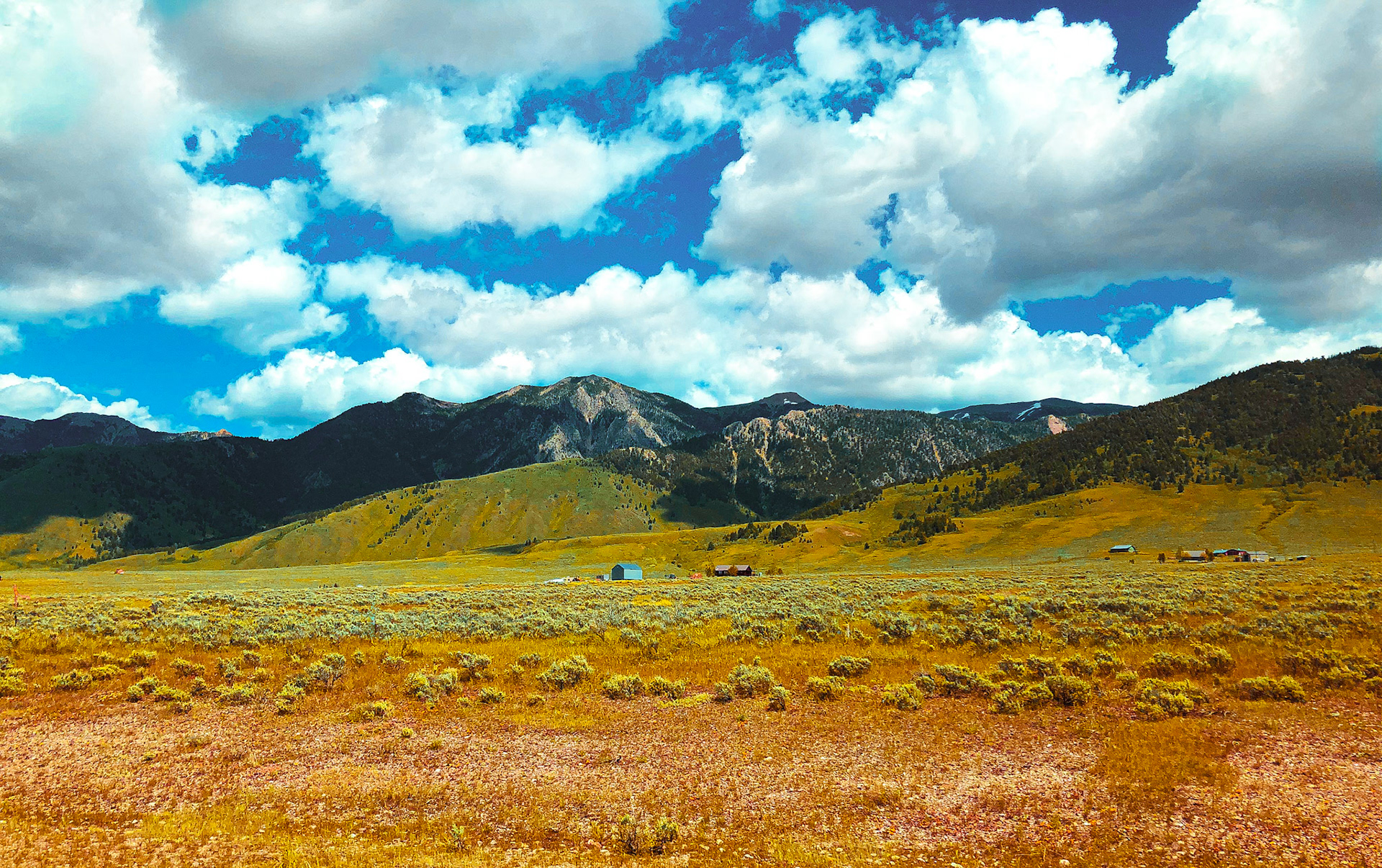
Montana Countryside
Mountains Overlooking Avalanche Lake, Glacier National Park, Montana
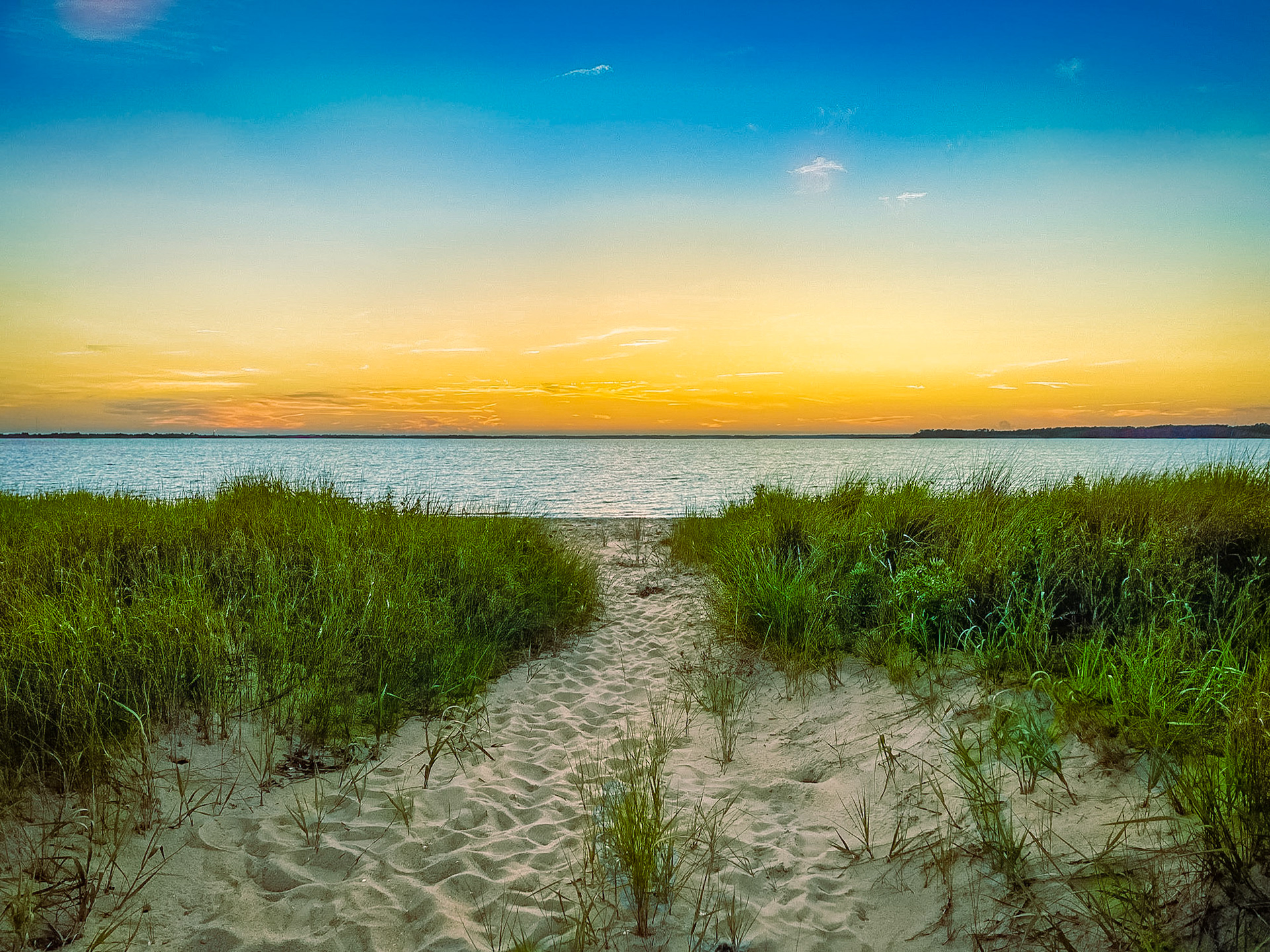
Assateague Island, Virginia
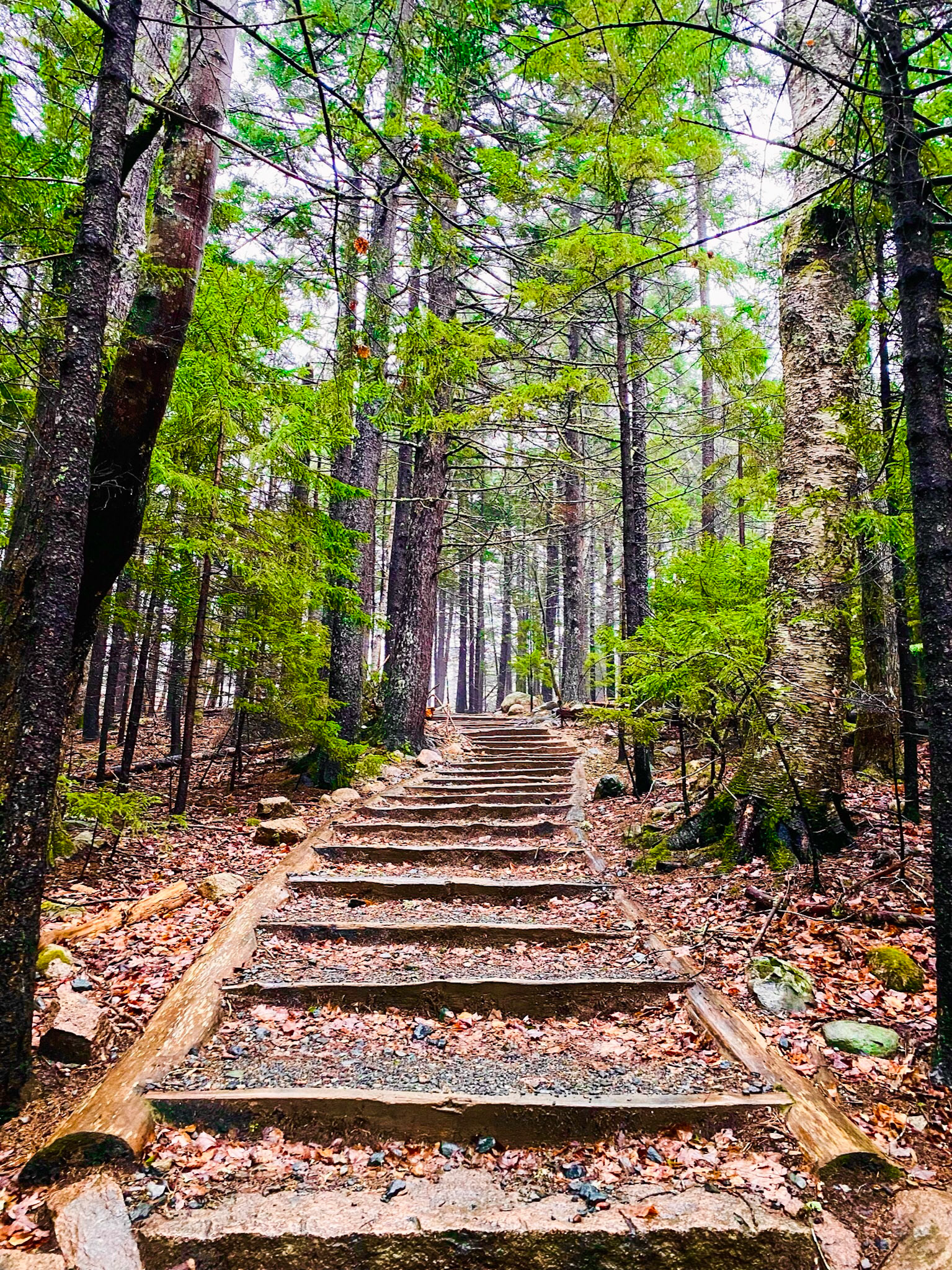
Acadia National Park, Maine
Sunset at Joshua Tree National Park
The American Badlands
Crater Lake National Park III
